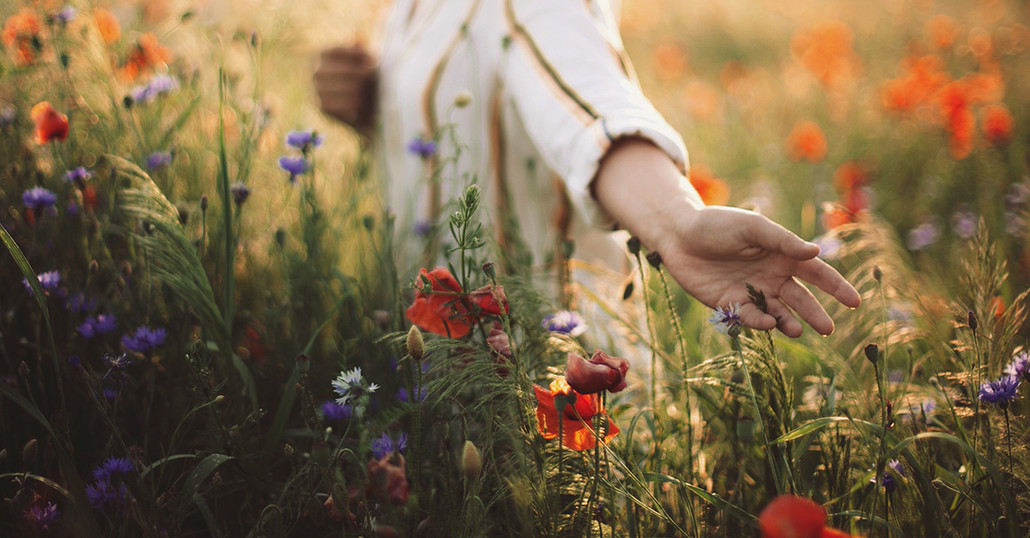
Wildflowers in Fall and Winter
Posted by Grange Co-op on 14th Jan 2020
Wildflowers in the Winter?
Yes! Here’s why:
Most of the hardy wildflowers used in mixes intended for ‘naturalizing’ (becoming established in the landscape as though it were a natural, native species) require winter chilling, and even freezing, to prepare them to germinate naturally in the late-winter to very early spring. By sowing wildflower seeds in the fall and winter, they are prepared by nature to germinate at the right time for your area.
5 Steps to Success with you Wildflowers:
For the very best results with wildflowers seed planting…
- The site should be cleaned of all vegetation.
- The ground raked open.
- A light application of pre-plant fertilizer (such as 10-20-20-06) raked into the site.
- The seed scattered into the prepared area at the rate recommended on the package.
- A thin layer of soil sprinkled over the seed to keep birds from eating the seed, to prevent washing of the seed, and to make sure the seed is not allowed to dry our during the course of winter.
When the early days of Spring start to warm, a few light watering may be necessary to give your ‘Wildflower Patch’ a good start for its first season. For additional information on winter gardening, visit a store near you to speak with a GrangeGardening Expert.
